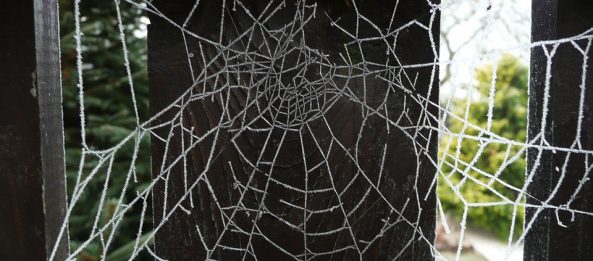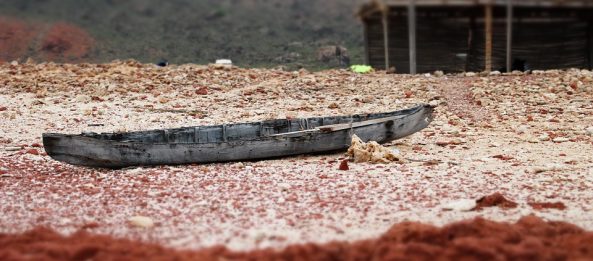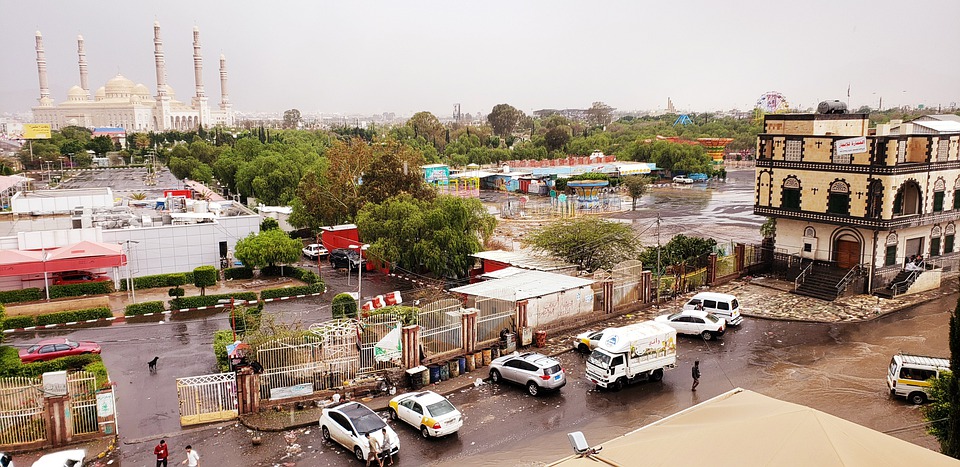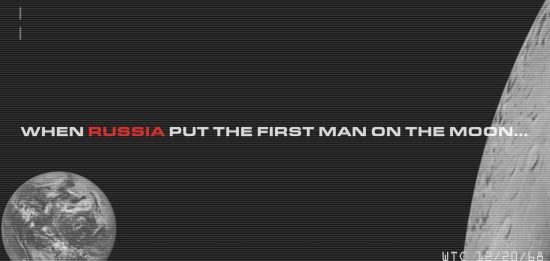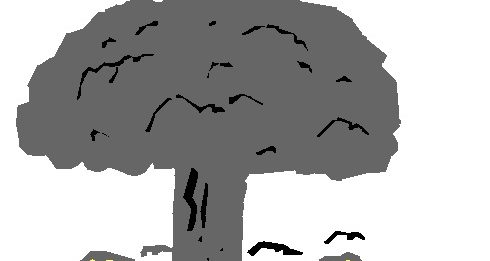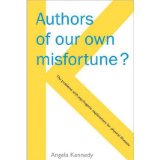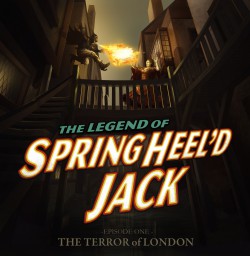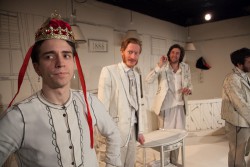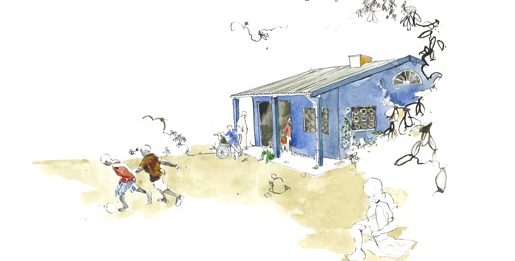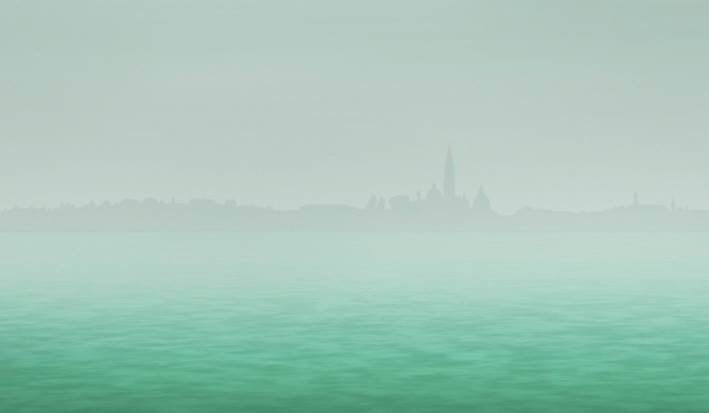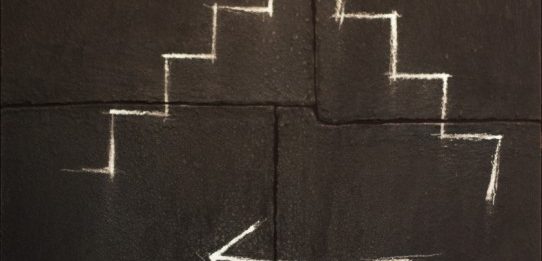Geraldine McCarthy lives in West Cork. She writes short stories, flash fiction and poetry. Her work has been published in various journals, both on-line and in print.
My temples throbbed. I had stayed up until two am finalising lesson plans. Scanning the classroom, I noticed Geoffery twirl the pencil in the sharpener, his head bent, deep in concentration.
I had put him at the back, next to Amelia, who threw sideways glances at him, when she wasn’t frowning over her sums.
The contrast between them was striking; him dark-haired and sallow-skinned, her blond and pale.
Some children wandered from their seats.
I left my vantage point at the top of the room and crouched down to correct Rebecca’s maths. Suddenly I heard a piercing cry behind me. I shot up and looked around.
“Amelia, what’s the matter?” I asked. It was my first day in my first job.
“It’s Geoffery,” Amelia sputtered, “he stabbed me!”
I fixed him with my most withering look. He met my eye and gave a little smirk.
“Come here, Amelia, let me look at your arm.”
The little girl got up from behind her tiny desk and came up to me, pouting and looking at the ground as she walked.
“It’s ok. There doesn’t seem to be much of a mark. Is it sore?”
Amelia nodded her head, her lips downturned, fresh tears forming in her eyes.
“Ok, let’s get you a sticker for being a brave girl.”
I put the butterfly sticker on Amelia’s pinafore and told her to sit on the teacher’s seat for a little while.
They had never mentioned pencil stabbings in teacher training college.
“Geoffery,” I said, “This is the third time this morning I have had to speak to you. Come with me.”
He took his time getting up from the chair. There was still the hint of a smirk about his mouth.
“We’re going to the principal’s office.”
A hush fell over the class.
I nodded to the teaching assistant, opened the door and marched down the hallway. Geoffery sauntered after me. I knocked on the door.
“Come in,” a voice said from within.
I entered, Geoffery in my wake, and we sat on the visitors’ chairs.
“Is there a problem?” Mrs Murphy asked, looking up from the swathes of paperwork which covered her desk.
“Yes, well, there has been a nasty incident,” I said. There was a moment’s silence.
“I did nothing, Aunty,” Geoffery piped up, shooting me a look.
My jaw dropped. I managed to rearrange my expression into neutral.
“That’s not quite true,” I said. “You hurt Amelia and she was very upset.”
“Well, I’m sure he didn’t mean it,” Mrs Murphy said. She began to stack her papers and looked pointedly towards the door.
I waited a moment. “Well, sorry for disturbing you,” I said, rising from my chair.
Mrs Murphy nodded and began filling in a form.
I walked down the hallway in silence, Geoffery by my side. When we reached the classroom door, he looked up at me and stuck out his tongue.
“Were they troublesome?” I asked the teaching assistant, who wore a strained expression.
“No, not at all,” she replied, “but I think that’s the inspector’s car outside.”
I went to the window and saw a grey-suited, grey-haired man alight from his car and pull a leather briefcase from the back seat.
Retrieving the bulging folder of lesson plans from my desk, I hugged it to my chest and cast my eye around for Geoffery. There he sat in his little chair, cradling the pencil sharpener in his tiny, tiny little hands.
Geraldine McCarthy







